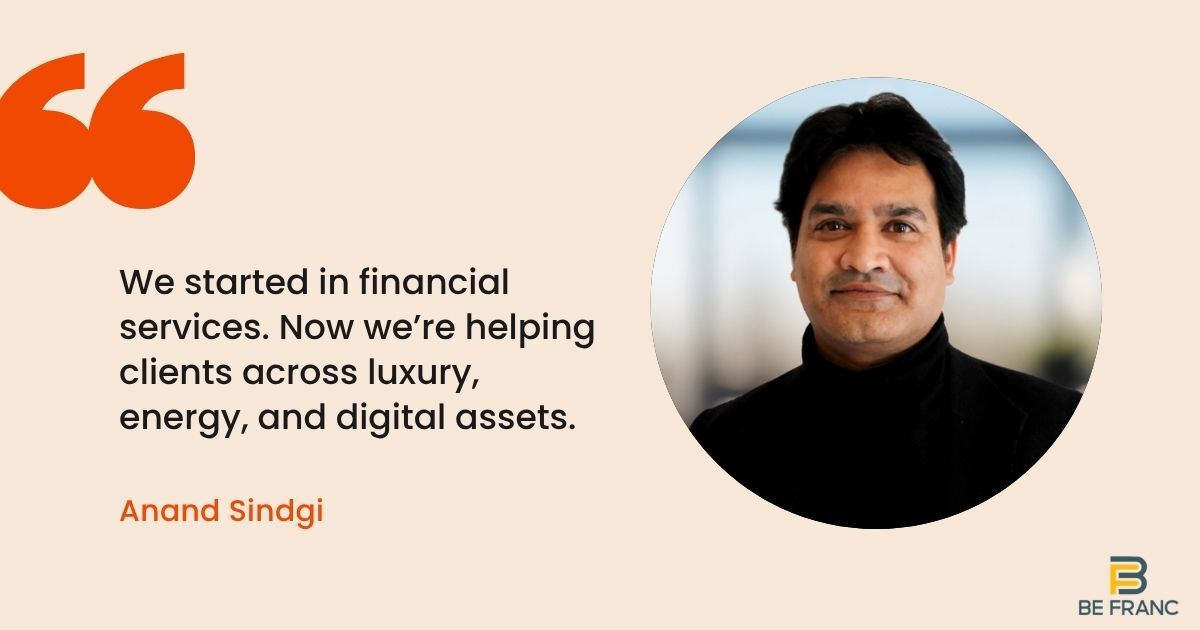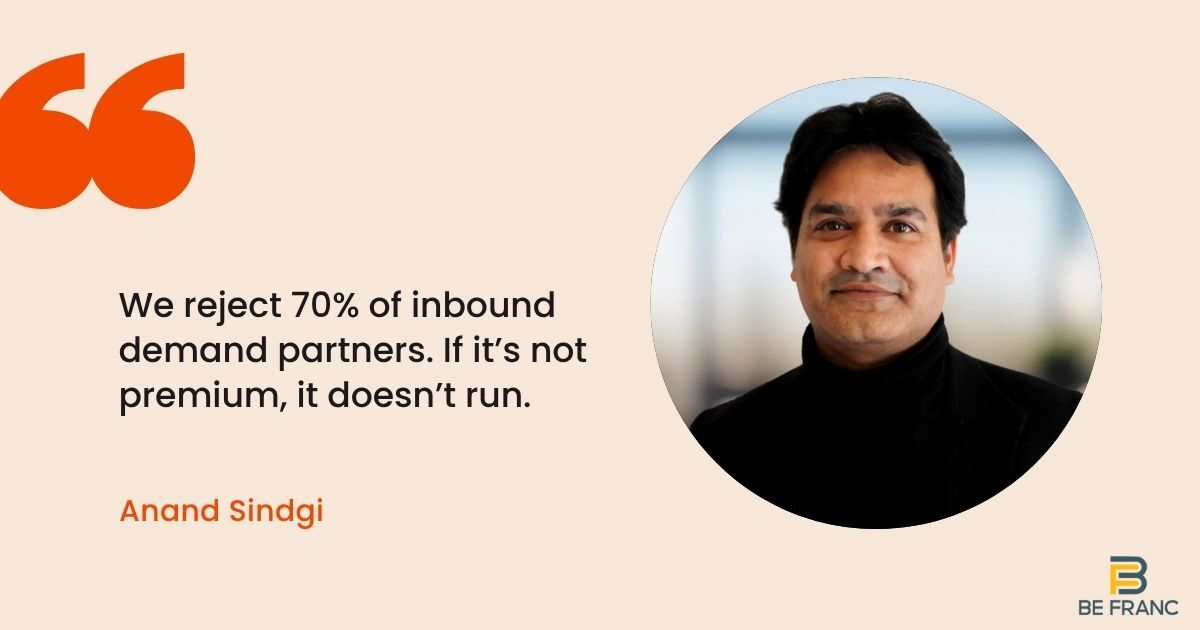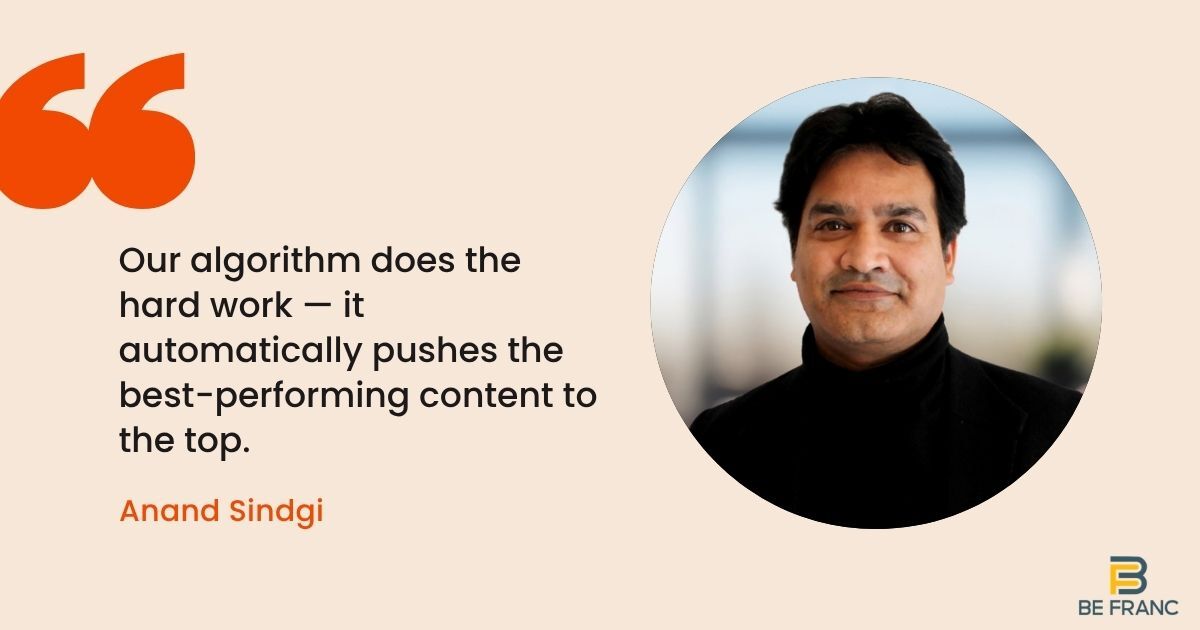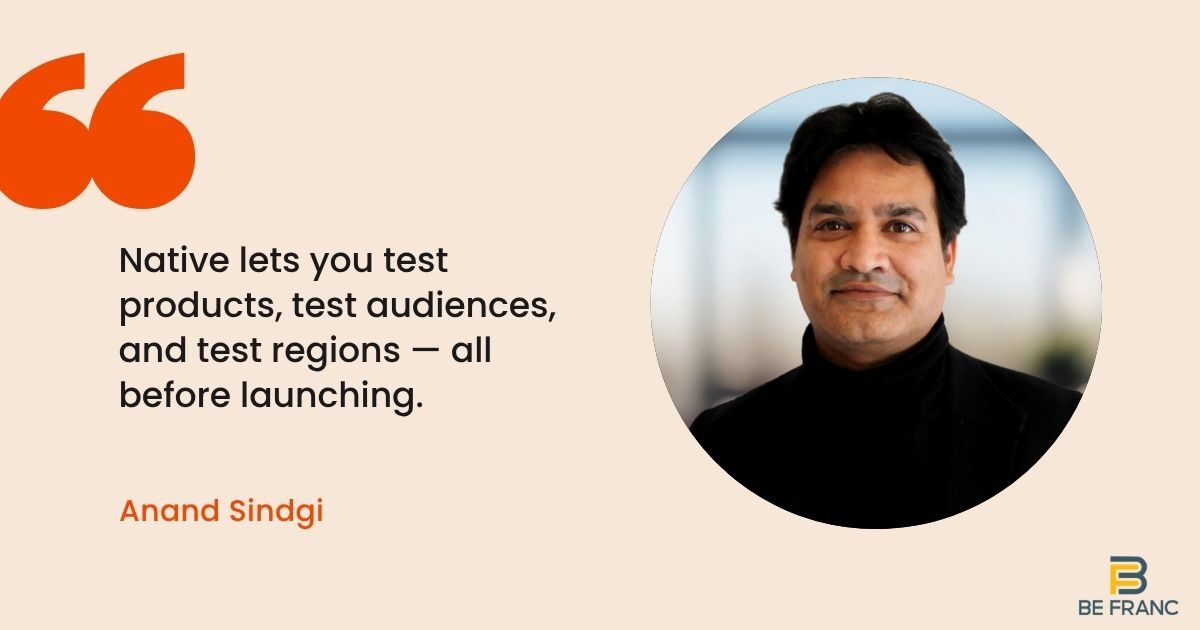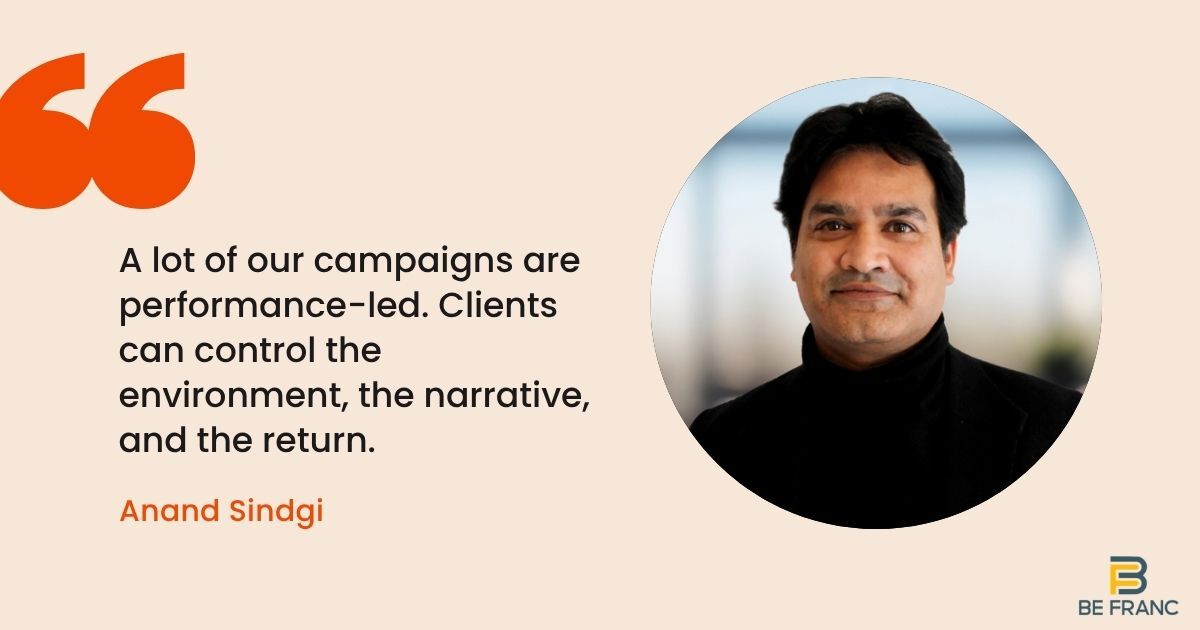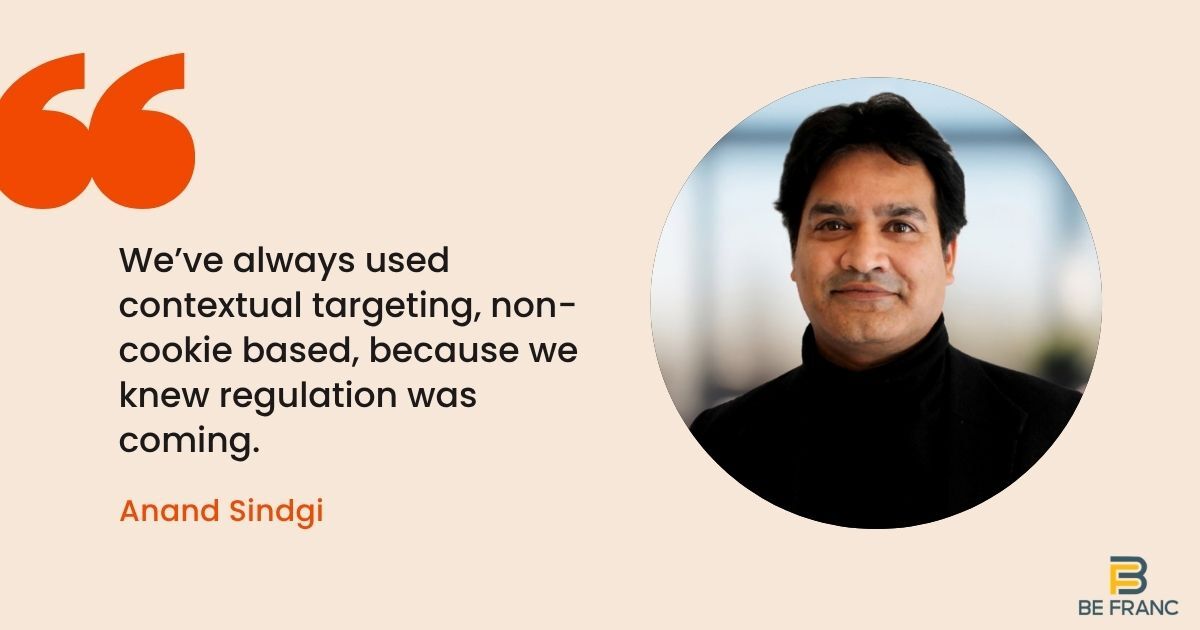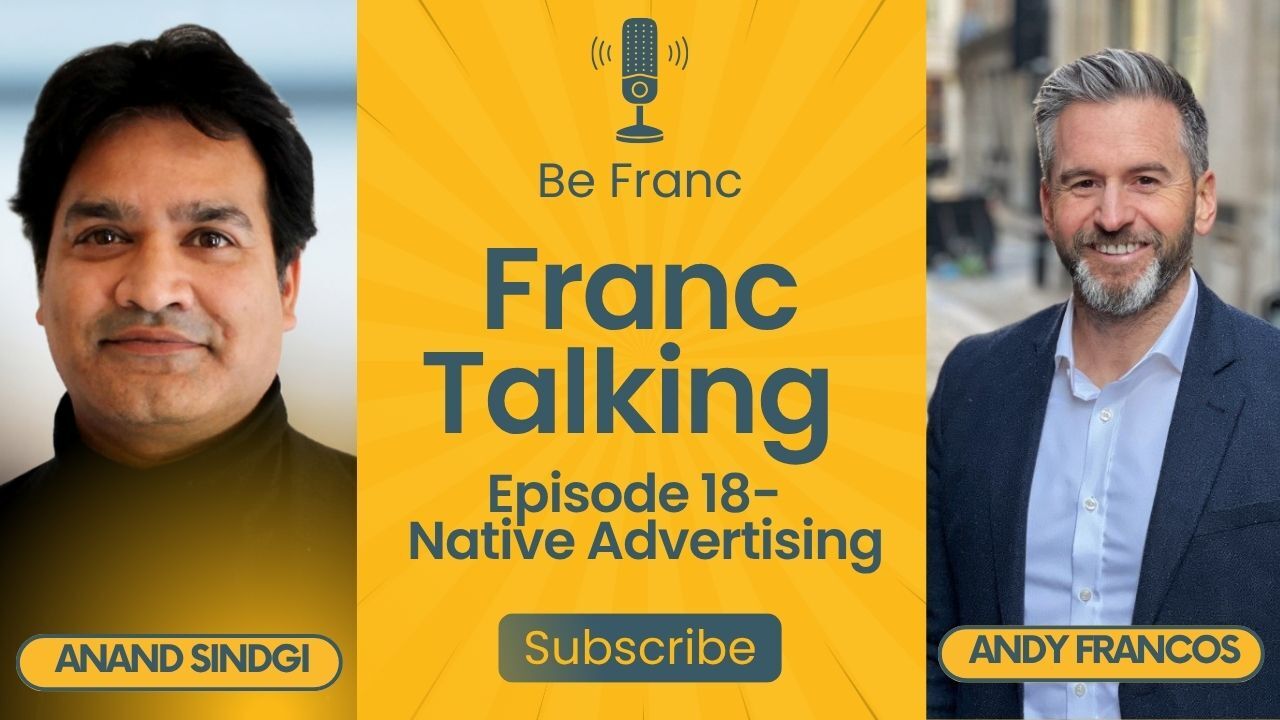
📖 What I’ve been reading this week in business, marketing & tech
👇 Tap-worthy reads worth your time.
✨ AI
- OpenAI’s new ChatGPT Agent can control an entire computer and do tasks for you
- Perplexity’s CEO on why the browser is AI’s killer app
- AI start-up Perplexity’s valuation tops $18bn months after latest funding round
- Why “AI Share Buttons” Might Be the Smartest Growth Hack
- Cognition AI Buys Windsurf as A.I. Frenzy Escalates (Sub required)
- Meta’s New Superintelligence Lab Is Discussing Major A.I. Strategy Changes (Sub required)
- Anthropic’s Claude chatbot can now make and edit your Canva designs
- SpaceX to Invest $2 Billion Into Elon Musk’s xAI (Sub required)
- An OpenAI Acquisition Turns Into a Google 'Hackqusition'...
- Tesla debuts hands-free Grok AI with update 2025.26
- Amazon-backed Anthropic rolls out Claude AI for financial services
- Scientists reportedly hiding AI text prompts in academic papers to receive positive peer reviews
🔍 Google & Search
- Google rolls out AI-powered business-calling feature, brings Gemini 2.5 Pro to AI Mode
- AI search is booming, but SEO is still not dead
- A Breakdown of Booking.com’s SEO Strategy
💡 Insights
- Substack Raises $100 Million, Betting on Subscriptions but Coming Around to Ads (Sub required)
- Prime Day event drove over $24B in US e-commerce sales, GenAI traffic was up 3,300%
📹 Video
🎯 Hey content creator!
Thinking about launching your own newsletter? I recommend Beehiiv — it’s built for creators, with all the tools you need to grow:
✏️ Beautiful templates
🚀 Powerful growth features
📈 Built-in analytics
💸 Monetisation tools
All in one place, no fuss.
🐝 Try Beehiiv with my link(You'll help support me if you sign up via this link 💙)
⏱ Got 30 seconds?
If you’ve got half a minute spare over your morning espresso, I’d really appreciate you taking 30 seconds to fill in this short survey.
No weird questions — just a few quick ones to help me better understand who’s reading this, so I can keep improving and work more efficiently with the right partners.
Bonus: I may run a small prize draw with one respondent chosen at random.
Take the survey

